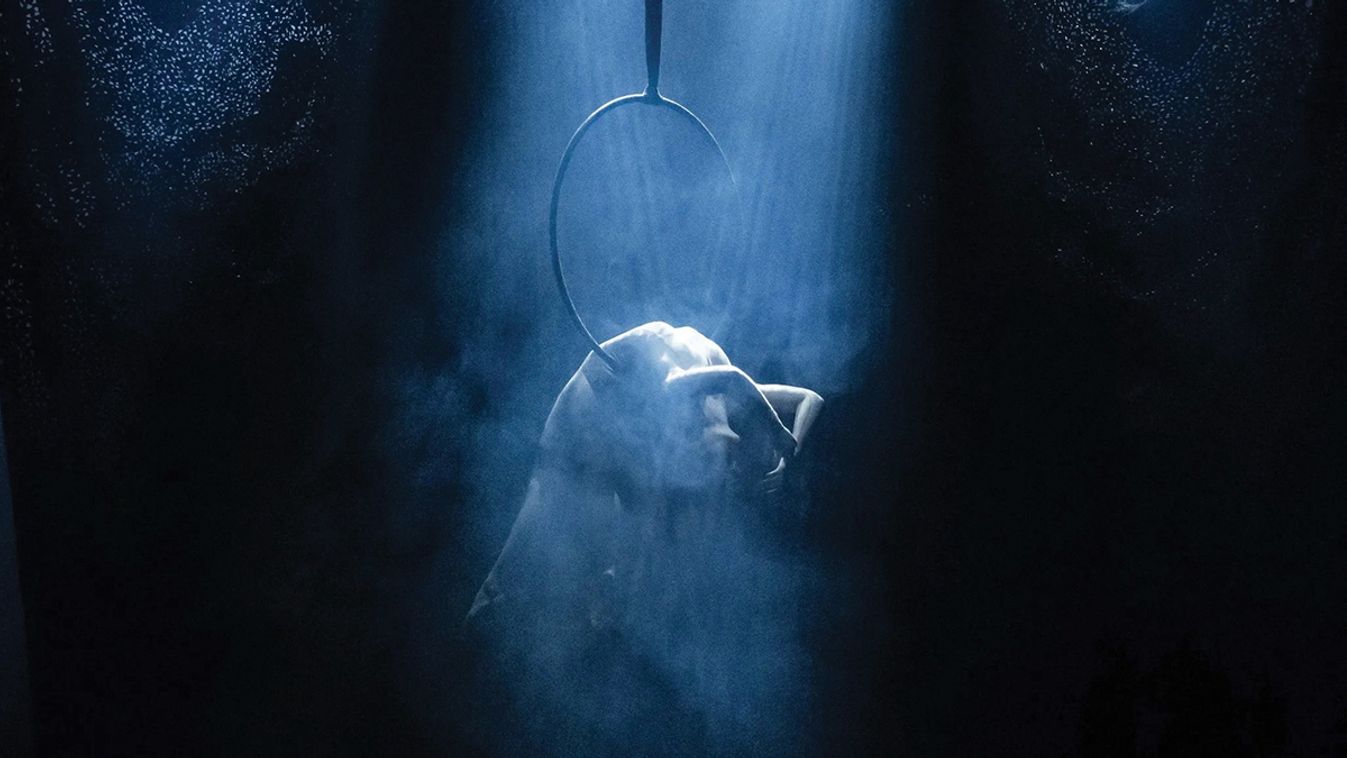„We have very few documents from the Middle Ages that were written by women, especially those who were not high ranking members of society. However, we do have an account, The Memoirs of Helene Kottanner, that tells us the remarkable story of the theft of the Holy Crown of St. Stephen, and Helene’s role in it.
In the year 1439, Hungary was ruled by Albert II and his wife Elizabeth of Luxembourg. Albert, who was also the Duke of Austria, had only gained the Hungarian throne a couple of years before, largely because he was married to Elizabeth, the daughter of King Sigismund I (who ruled Hungary from 1387 to 1437).
Helene Kottanner was one of the female servants in the royal household, and portrays herself as loyal confidant of “the noble and most gracious king.” At the start of her account King Albert has fallen ill and, despite the best efforts of his physicians, he dies on October 27, 1439.
The kingdom is thrown into an immediate crisis, as the nobles are fearful that without a strong ruler they will be invaded by the Ottoman Empire. They ask Elizabeth to marry Wladislaus III, king of Poland, but she replies, “Dear lords, please do not give me a pagan; I would sooner rather marry a Christian peasant.” Moreover, she is also several months pregnant, and her physicians assured it would be a boy – Elizabeth would much prefer that he be king, under her supervision. However, the nobles press upon her to marry and she agrees (although Helene adds that she never intended to go through with a wedding).
Instead, she devised a secret plan – she was going to steal the Holy Crown of St Stephen, from Plintenburg Castle, where it was being kept, and use it for the coronation of her unborn son. Elizabeth believed if she could obtain this important treasure, which had been used to crown the kings of Hungary as far back as the eleventh century, then the nobles and people of the kingdom would accept the child as their new king.”













